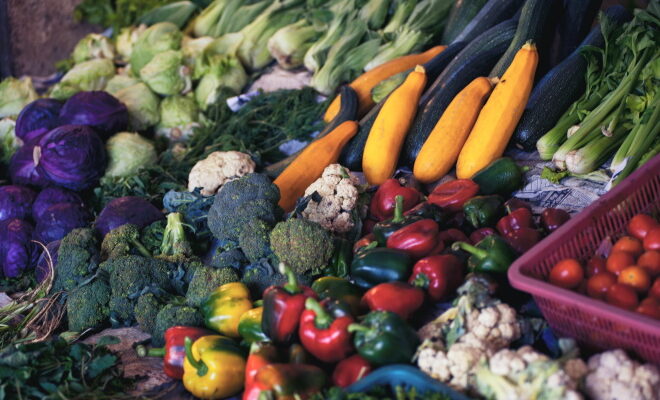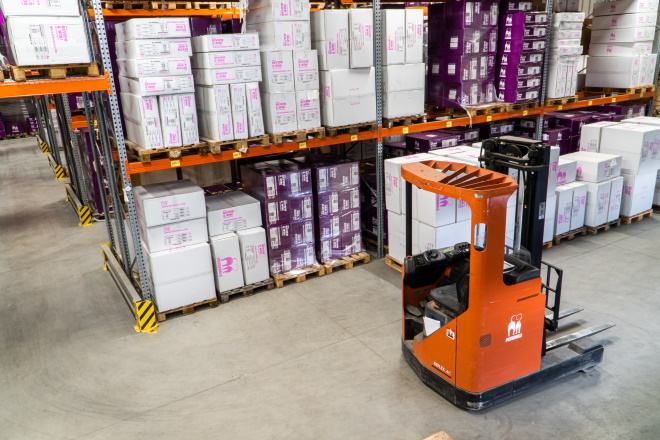
Insights + interviews
Road to Sustainable Food System
Amidst the ongoing global climate crisis, sustainability has become a key area of focus for many companies across all industries – including companies in the food and nutrition industry.
According to statistics, the food system including its manufacturers and consumers, could be contributing anywhere between 21-37 percent of global greenhouse gas emissions. Therefore, the onus to drive sustainability and wider education on it is relatively higher on food and nutrition companies, globally.
To help companies maintain their supply chain in a more sustainable manner, it is crucial to understand the underlying issues which impede sustainability, as well as identify strategies they can adopt to improve their efforts.
Realities of our food system
Developing farmlands comes at the cost of deforestation. It is estimated that agriculture and deforestation accounts for nearly 10 percent of carbon dioxide emissions in Asia alone. Along the production chain, food waste (through food losses and throughout the entire production phase), as well as chemical waste (through the use of artificial fertilizers) are generated – which again contribute to carbon emissions.

The distance that our food travels from its country of origin to our plate, also referred to as “food miles” has a carbon footprint. According to Our World in Data, transport contributes only a small amount of emissions, with most food products accounting for less than 10 percent.
While locally grown or manufactured food has the least, some experts believe that the packaging of food items has a much larger carbon footprint when compared to food miles. Packaging’s carbon footprint is a measurement of the pollution caused by the processes involved in manufacturing, transport, the usage and the management of waste associated with product packaging. Some organisations peg this amount on average to be 5 percent, making it a significant source of greenhouse emissions.

The dire consequence of carbon emissions is climate change that’s leading to extreme weather events and posing an increasing threat to food supply chains in Asia.
A lesser-known fact of climate change is also an increased risk of chronic diseases in low-income countries because people are unable to obtain adequate food that satisfy their nutrition needs.
So, how can we develop a food system that nourishes – not just feeds – everyone while being environmentally sustainable?
Rising to the challenge
At Herbalife Nutrition, we strongly believe in the purpose and promise of our brand and desire that all food and nutrition companies should realize and take ownership of their role in sustainable food production.
While we are still at the beginning of this journey, we have put in place a few strategies in APAC region:
Sustainable supply chains
Some of the ways to do this is by investing in research & development and create sustainable production processes, designing a sustainable value chain/sourcing strategy, and working closely with suppliers to address their emissions.
To support our efforts in promoting a sustainable future, we are reducing our use of plastic and developing new product packaging solutions that are functional and environmentally friendly.
In APAC alone, Herbalife Nutrition managed to save 88 metric tons (or 88,000 kilograms) of plastic. We are rolling out environmentally friendly packaging with our Formula 1 canister made up of 25 percent post-consumer resin (PCR) from 2021 onwards.
Digital Supply Chain
How the food and its raw material is produced, manufactured and packaged before finally being delivered to the consumers, is included in the food supply chain.
There needs to be a bridge between people and ESG (Environment Sustainability Governance) goals for an organization throughout the process. Moving to a completely digital supply chain creates a world where information can be shared in real time with consumers around the globe. It introduces the ability to gather and bring together new sources of information including video, market insights, point-of-sale data, customer data, machine data and the “internet of things”. This enables a company to include the consumers in the journey to sustainability since all information is transparently available digitally. An aware and educated consumer who is willing to go an extra mile for a sustainable planet can now make more informed purchase and consumption decisions.
For all of these reasons, we are evolving our operations to be more digital at Herbalife Nutrition. It truly brings new meaning to what we call our “seed to feed” strategy – a strategy where we work with farmers, vendors, distributors, customers and others every step of the way as we develop and manufacture our products.

Sustainable Nutrition
Finally, sustainable nutrition seeks to produce food that is diverse, nutrient dense and healthy while grown sustainably and without negative impact on the health of the planet. One way to achieve sustainable nutrition is opting for plant-based ingredients in food and nutrition products. Plant-based ingredients such as wholegrains, nuts, and legumes have high nutritional value, lower environmental footprint and better health outcomes.
Working towards a common purpose
Consumers need to be educated more about the impact of our existing food system and the sustainability efforts that companies are driving. This understanding will help everyone make better choices and improve purchase behaviors. Companies can contribute by sharing information about their initiatives in a transparent and holistic way.
Let’s all imagine a world where everyone has access to nutritious food and where the planet is regenerating to sustain generations to come. That’s our endgame.
This article was contributed by Shobie King, Vice President – Southeast Asia, Herbalife Nutrition.
Feature Photo by Alexandr Podvalny on Unsplash








